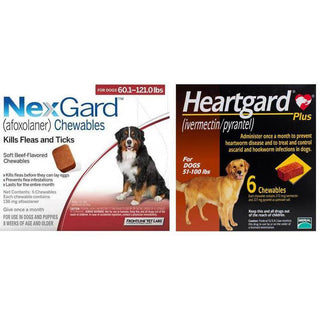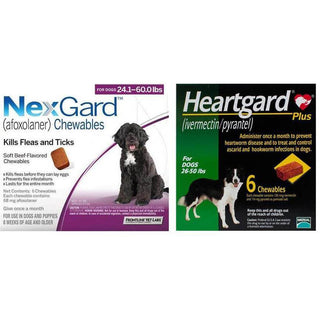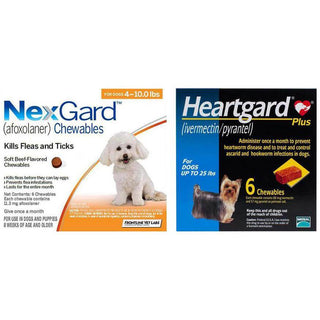Water is essential for life, and this holds for your feline friend, too. While cats may not always appear thirsty, proper hydration is crucial for maintaining their health, particularly in preventing dehydration and serious kidney issues.
In this blog, we’ll explore why water is so important for cats, how dehydration affects their health, signs to watch for, and simple tips to keep your cat well-hydrated year-round.
Why Hydration Is Crucial for Cats
Cats have a naturally low thirst drive, particularly when compared to other pets, such as dogs. This is because their ancestors lived in dry environments and got most of their water from prey. However, today’s domestic cats often eat dry food, which doesn’t provide enough moisture. Without sufficient water intake, their organs—especially the kidneys—have to work harder, increasing the risk of urinary tract infections (UTIs), kidney stones, and chronic kidney disease (CKD).
Health Problems Linked to Dehydration
Even mild dehydration can lead to health concerns, but long-term dehydration can result in severe problems:
- Urinary Tract Issues: Without sufficient water, urine becomes more concentrated, increasing your cat's risk of UTIs.
- Kidney Disease: Dehydration is a significant contributor to kidney damage in cats, particularly in older cats.
- Constipation: Water helps maintain healthy digestion. A dehydrated cat may experience hard stools or difficulty passing waste.
- Poor Energy and Appetite: Dehydrated Cats may seem lethargic or disinterested in food.
Signs Your Cat Might Be Dehydrated
Cats are good at hiding discomfort, so it’s important to observe subtle changes. Common signs of dehydration include:
- Dry or sticky gums
- Sunken eyes
- Lethargy or decreased activity
- Loss of appetite
- Panting (which is not normal in cats)
- Decreased skin elasticity (gently pinch the skin on the back of their neck—if it doesn’t spring back quickly, your cat may be dehydrated)
If you notice any of these signs, contact your veterinarian immediately.
How Much Water Do Cats Need?
A healthy adult cat typically needs about 50 to 60 ml of water per kilogram of body weight daily. That means a 4 kg cat should consume roughly 200 to 240 ml of water each day. Cats fed wet food may drink less since canned food is already rich in moisture, containing approximately 70–80% water.
Tips to Keep Your Cat Hydrated
Keeping your cat hydrated doesn’t have to be difficult. Here are some easy and effective ways to encourage water intake:
1. Offer Fresh Water Daily
Cats are more likely to drink clean, fresh water. Change the water at least once a day and wash the bowl regularly.
2. Use a Cat Water Fountain
Many cats prefer running water. A pet fountain mimics natural water sources and may encourage your cat to drink more.
3. Switch to Wet Food
Canned food is a great way to increase your cat’s moisture intake. You can also mix a little water with dry food if your cat isn’t ready to switch to a wet food diet.
4. Place Multiple Water Bowls Around the House
Place water bowls in various locations to make it easier for your cat to drink whenever they want.
5. Choose the Right Bowl
Some cats are picky about the type of bowl they drink from. Try ceramic or stainless steel bowls instead of plastic, which can retain odors and bacteria.
6. Add Flavor
If your cat isn’t drinking enough, try adding a little low-sodium chicken broth or tuna water (without salt or additives) to their bowl to make the water more appealing.
Special Considerations for Senior Cats
Senior cats are at a higher risk of developing dehydration and kidney problems. If your senior cat exhibits any changes in its drinking or urination habits, contact your veterinarian promptly. Regular check-ups, blood tests, and urine analysis are crucial for the early detection of kidney problems.
When to See a Veterinarian
If your cat refuses to drink water, is vomiting, has diarrhea, or shows signs of illness, don’t wait. Dehydration can escalate quickly. A veterinarian may administer fluids or recommend dietary changes to restore your cat’s hydration levels and prevent long-term issues.
Conclusion
Hydration is key to your cat’s health. By taking simple steps to encourage water intake, you can help your cat avoid dehydration and reduce the risk of kidney-related diseases. Whether it’s through wet food, fountains, or creative tricks like flavored water, ensuring your cat gets enough fluids can lead to a longer, healthier life.







